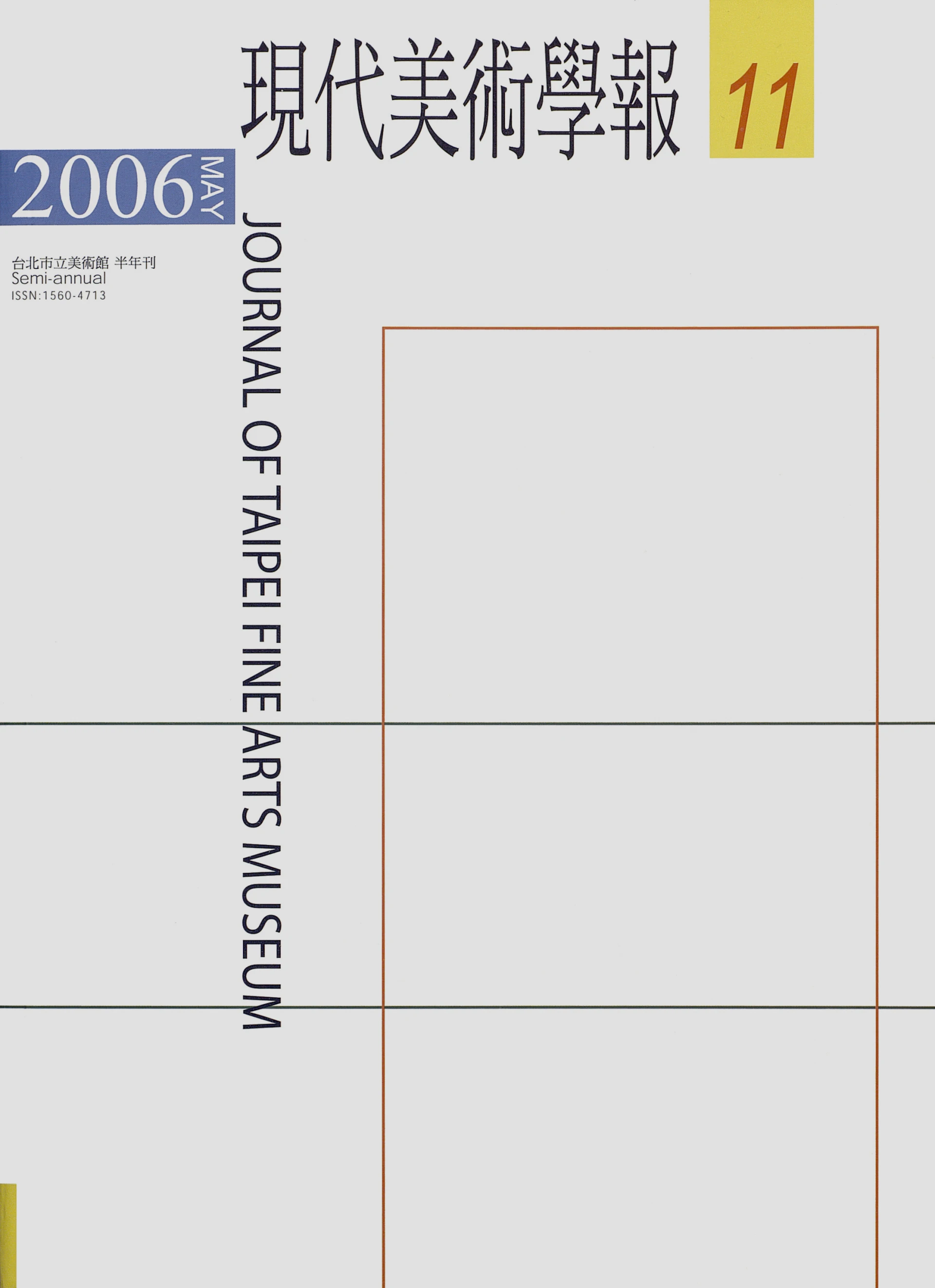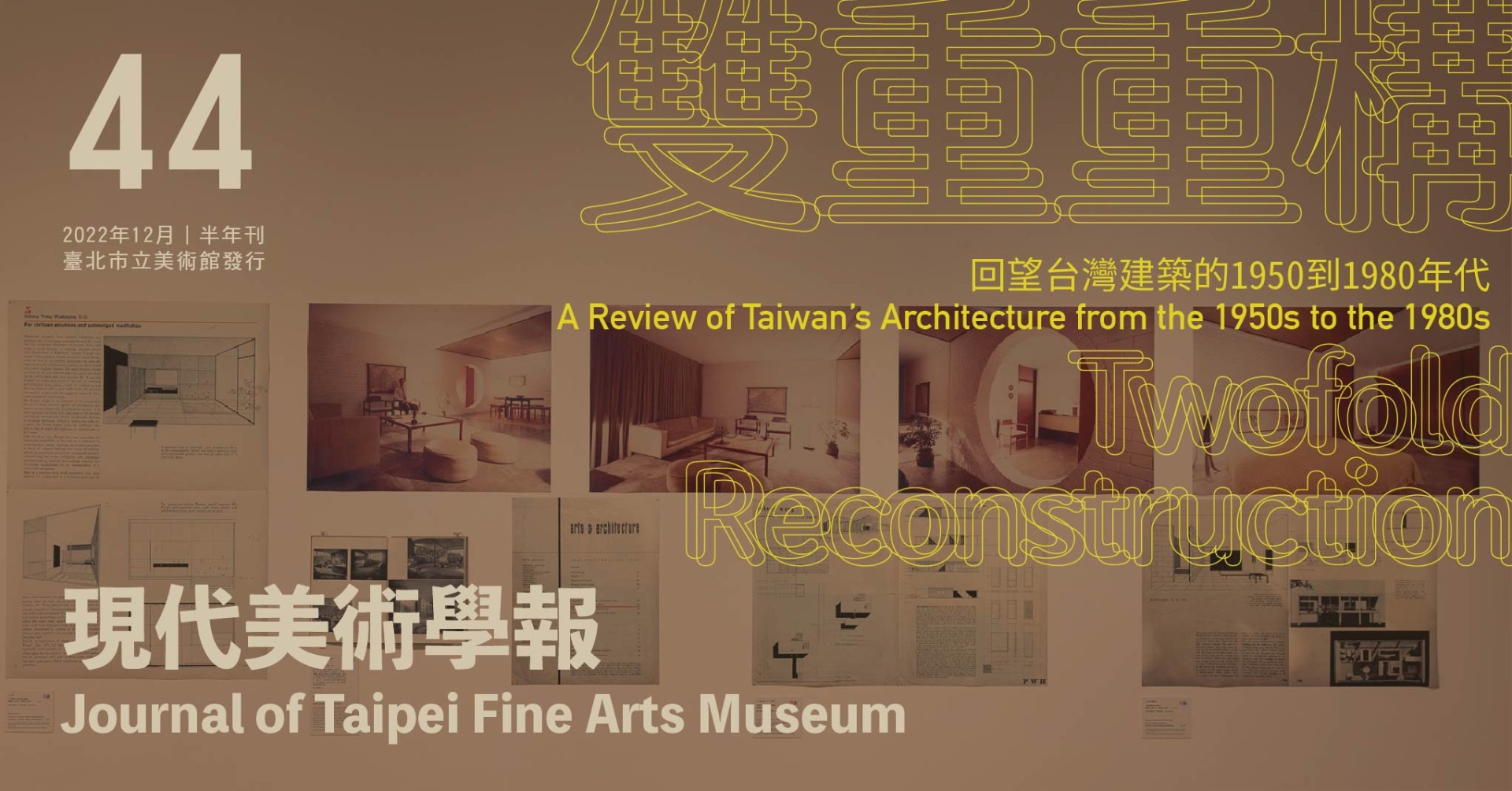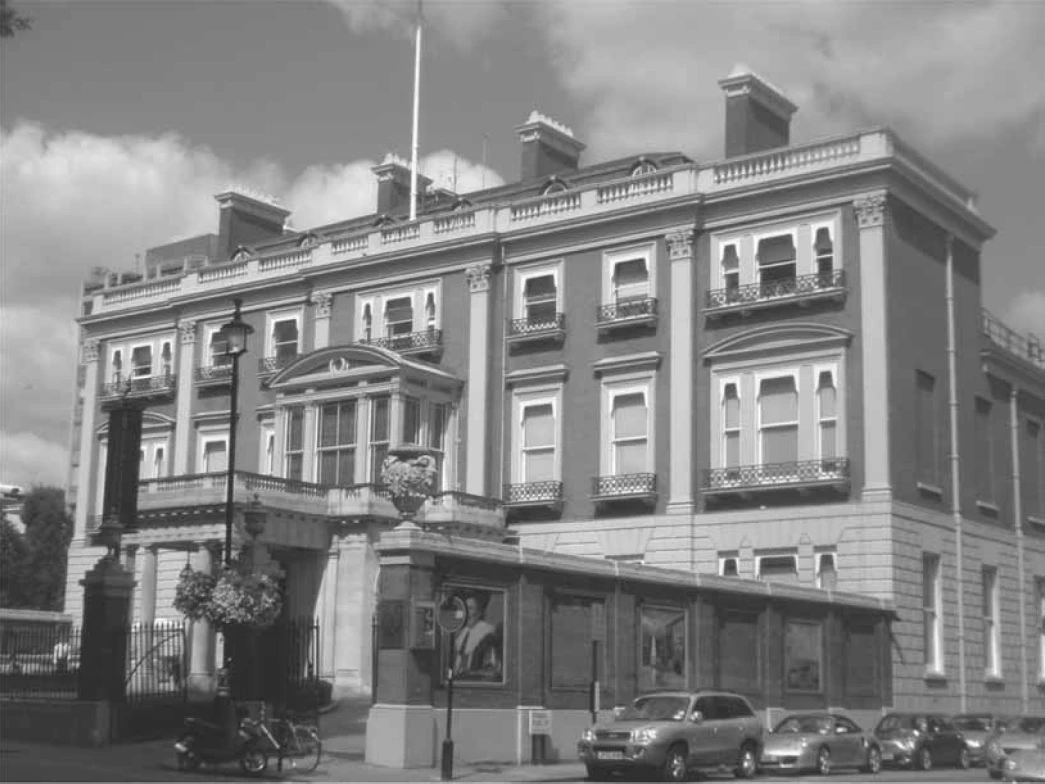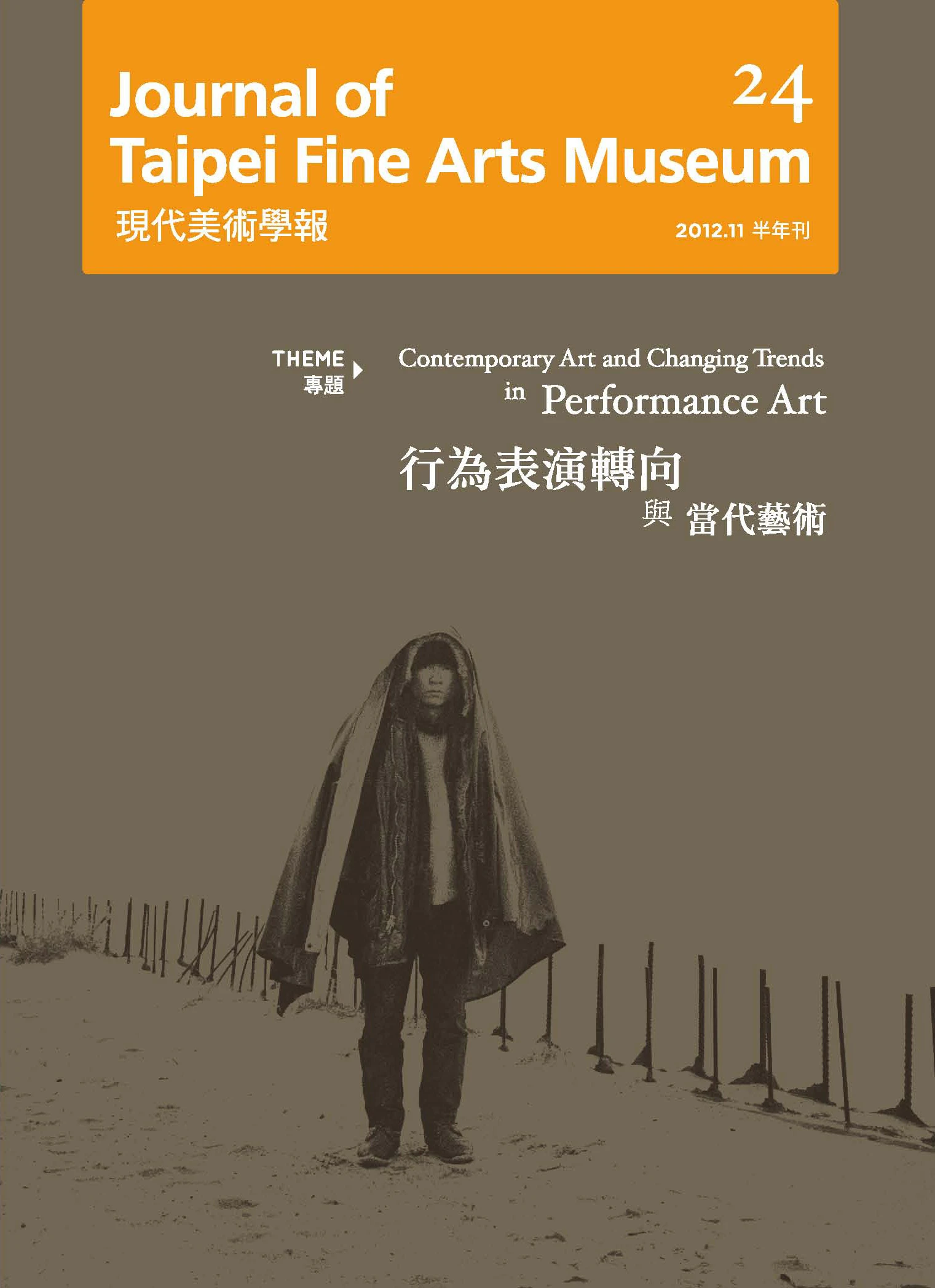摘要
座落在南投縣埔里鎮郊的中台禪寺於二〇〇一年竣工,其建築形式屬於折衷風格,顯現了建築師李祖原融合傳統中國以及現代建築的努力與造詣。事實上,從台灣在日本殖民地時期引入西式建築以降,折衷主義一直是台灣建築的主流,最明確的例子就是當時的台灣總督府。甚至在台灣光復後亦復如是,例如中正紀念堂(1976 - 80)。中台禪寺受到傳統中國建築影響最深者,莫過於山東歷城的龍虎塔以及西藏拉薩的布達拉宮,但也受到埃及黑普希薩女王神殿的影響,更受到回教建築的影響,如耶路撒冷之岩石圓頂清真寺以及印度阿格拉的泰姬瑪哈陵。最後,中台禪寺亦可置於後現代主義來評議,後現代主義在於質詢現代主義的權威,而禪的本義也在於打破既定的規範,兩者有異曲同工之妙。
關鍵詞
李祖原、中台禪寺、折衷風格、復古、中國風味、中正紀念堂、總統府、總督府、現代主義、後現代主義、長谷世貿聯合國大樓、圖像
Abstract
Chung Tai Chan Monastery, completed in 2001 and located in central Taiwan, exhibits a kind of eclecticism reflecting what the architect Li Zuyuan tries to achieve by combining traditional Chinese and modern architecture. As a matter of fact, eclecticism has been the major architectural trend in Taiwan in the early 20th century when Taiwan was a Japanese colony, the Palace of Taiwan Prefect being the most outstanding example. Even after Taiwan was repossessed by the Republic of China, eclecticism still dominates, as witnessed by the Chiang Kai-shek Memorial Hall (1976-80). In addition to influences derived from traditional Chinese religious architecture, most noticeably the Dragon and Tiger Tower in Shangdong Province, Chung Tai Chan Monastery also shows influences from the Temple of Hepshepsut in Egypt, the Potala at Lhasa in Tibet, and Islamic buildings such as the Dome of the Rock at Jerusalem and Taj Maha at Agra. Finally, Chung Tai Chan Monastery can be construed in Postmodernism as the latter challenges the authority posed by Modernism, and the very essence of Chan (or Zen) lies in provoking the established rules.
Keywords
Li Zuyuan, Chung Tai Chan Monastery, Eclecticism, Chiang Kai-shek Memorial Hall, Palace of Taiwan Prefect, Modernism, Postmodernism






